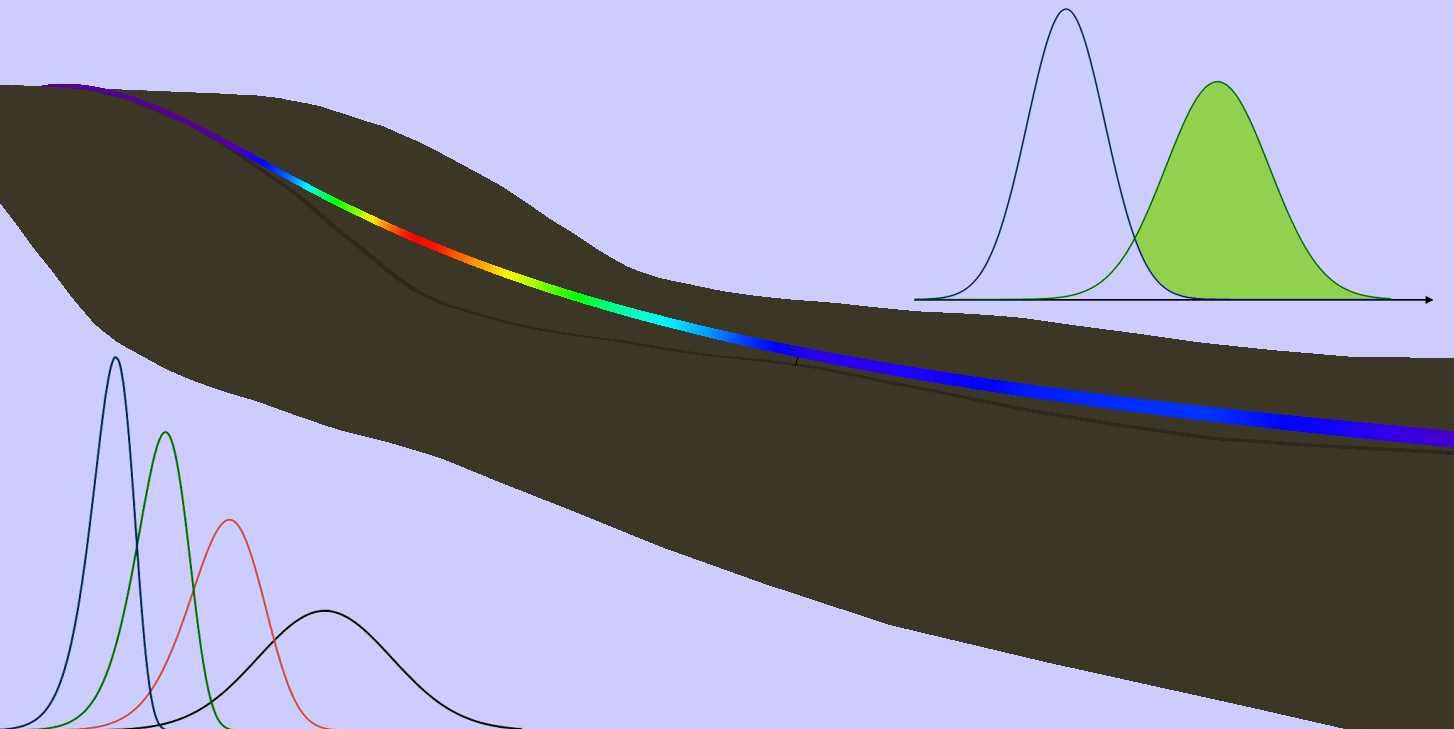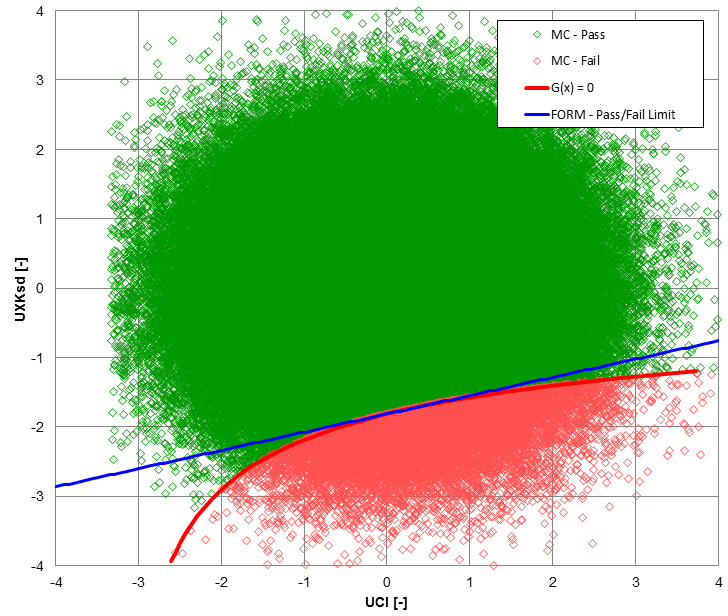At the 10th edition of the International Pipeline Conference (IPC2014), our senior pipeline consultant Filip Van den Abeele will present a paper on structural reliability of free spanning pipelines. The paper covers a risk based evaluation of free spans, by applying the principles of structural reliability theory to the problem of long free spanning pipelines subjected to vortex induced vibrations.
Abstract: Structural Reliability of Free Spanning Pipelines
Filip Van den Abeele, Frédérique Boël and Jean-François Vanden Berghe, Fugro GeoConsulting Belgium
When installing subsea pipelines on an uneven seabed, the free spans can be vulnerable to fatigue damage caused by vortex induced vibrations (VIV). Indeed, even moderate currents can induce vortex shedding, alternately at the top and the bottom of the pipeline, at a rate determined by the flow velocity. Each time a vortex sheds, a force is generated in both the in-line and cross-flow direction, causing an oscillatory multi-mode vibration. This vortex induced vibration can give rise to fatigue damage of submarine pipeline spans, especially in the vicinity of the girth welds. Traditional design for VIV is recommended in DNV-RP-F105, which limits the allowable free span length and implies whether (and when) seabed interventions are required.
Structural Reliability of Free Spanning Pipelines
The traditional DNV-RP-F105 design method is based on a semi-empirical approach, where the allowable span length depends on the pipe properties (diameter, wall thickness, coating, steel SN-curves, …), the sea state (current velocity, wave induced velocity and period) and the soil conditions (submerged unit weight, undrained shear strength, bearing capacity,…). All these input parameters, however, exhibit a certain extent of scatter and uncertainty.
This paper presents a risk based evaluation of free spans, by applying the principles of structural reliability theory to the problem of long free spanning pipelines subjected to VIV. The traditional –deterministic- on-bottom roughness assessment and corresponding free span analysis is complemented by a FORM (First Order Reliability Method) analysis to assess confidence levels for fatigue life estimation. The reliability analysis also reveals the sensitivity of the different input parameters on the predicted fatigue lifetime of a vibrating span.
Monte Carlo simulation for 400,000 runs


